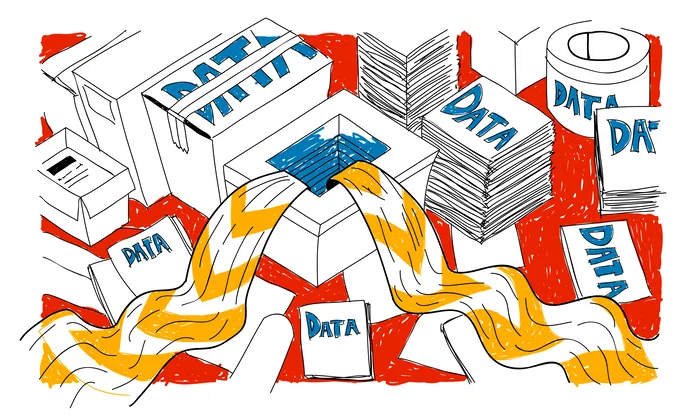How Long Does it Take to Build a Custom Call Center Dataset?
Call Center
Data Collection
AI Training
Building a custom call center dataset is a comprehensive process influenced by factors such as dataset complexity, language requirements, and the intended use cases. Understanding the timeline helps AI engineers and product managers align their development schedules and set clear expectations.
Scope & Data Volume
The target dataset size plays a critical role in determining the timeline. For example, a project aiming for 100 hours of audio or 50,000 utterances must consider how the complexity and duration of each call scale the overall collection effort. Larger volumes directly impact the timeline due to the need for more extensive data collection and processing.
Key Determinants of Development Time
1. Defining Project Scope & Data Volume
A basic intent-detection dataset can be delivered within weeks, but more advanced needs such as multilingual support, customer sentiment analysis, and complex dialogues, extend timelines. Each additional dimension (e.g., sentiment analysis) requires more data and a higher quality benchmark, contributing to a longer timeline.
2. Audio Capture & Speaker Diarization
Capturing authentic conversations requires selecting diverse speakers who reflect regional accents and industry-specific dialogues. Using FutureBeeAI’s YUGO platform, we handle speaker recruitment and diarization efficiently, although careful planning is essential for large-scale collections.
3. Annotation Guidelines & Metadata Schema
Labeling goes beyond basic transcription to include intent labels, sentiment indicators, and role identification. Well-defined annotation guidelines ensure consistency, while inter-annotator agreement thresholds uphold data quality. Additionally, metadata must be structured for seamless integration into AI models, with a coverage matrix ensuring a balanced distribution of utterances.
4. Preprocessing, Redaction & Compliance
Datasets require preprocessing to clean irrelevant audio and standardize formats. In sensitive industries, compliance redaction processes, such as anonymizing personal data, are necessary and can extend the timeline. Our three-tier QC process, including automated checks and human review, ensures full compliance and high-quality results.
5. QA Loops & Pilot Model Validation
Initial datasets undergo pilot model training to identify underrepresented categories or biases. Based on these validation loops, we may collect additional data or refine annotations. Techniques like data augmentation such as noise injection, accelerate training readiness and enhance model robustness.
Timeline Estimates: Weeks vs. Quarters
- Basic, Single-Language Dataset: 4–6 weeks
- Complex, Multilingual Dataset: 10–16 weeks
At FutureBeeAI, we leverage integrated tools to streamline this process without compromising on quality. For example, in Project X, we delivered a 200-hour, tri-lingual dataset in 12 weeks, underscoring the importance of early scope alignment.
Why Timeline Planning Matters
Effective timeline planning is essential for aligning project milestones and ensuring the final AI model meets real-world performance expectations. As one CXO shared, “We shaved two months off launch by aligning scope early.” Rushing through the dataset phase can result in models that fail to meet customer intent or perform poorly in real-world deployment.
FutureBeeAI provides structured, reliable, and scalable solutions to help AI teams accelerate development while maintaining accuracy and compliance. Whether you need ready-to-use or custom-built datasets across multiple domains and languages, FutureBeeAI is here to help you train high-performing AI models.
FAQ
- Q: Can timeline shrink with existing assets?
- A: Yes, reusing transcribed logs can cut 20–30% off the collection time.
What Else Do People Ask?
Related AI Articles
Browse Matching Datasets
Acquiring high-quality AI datasets has never been easier!!!
Get in touch with our AI data expert now!








